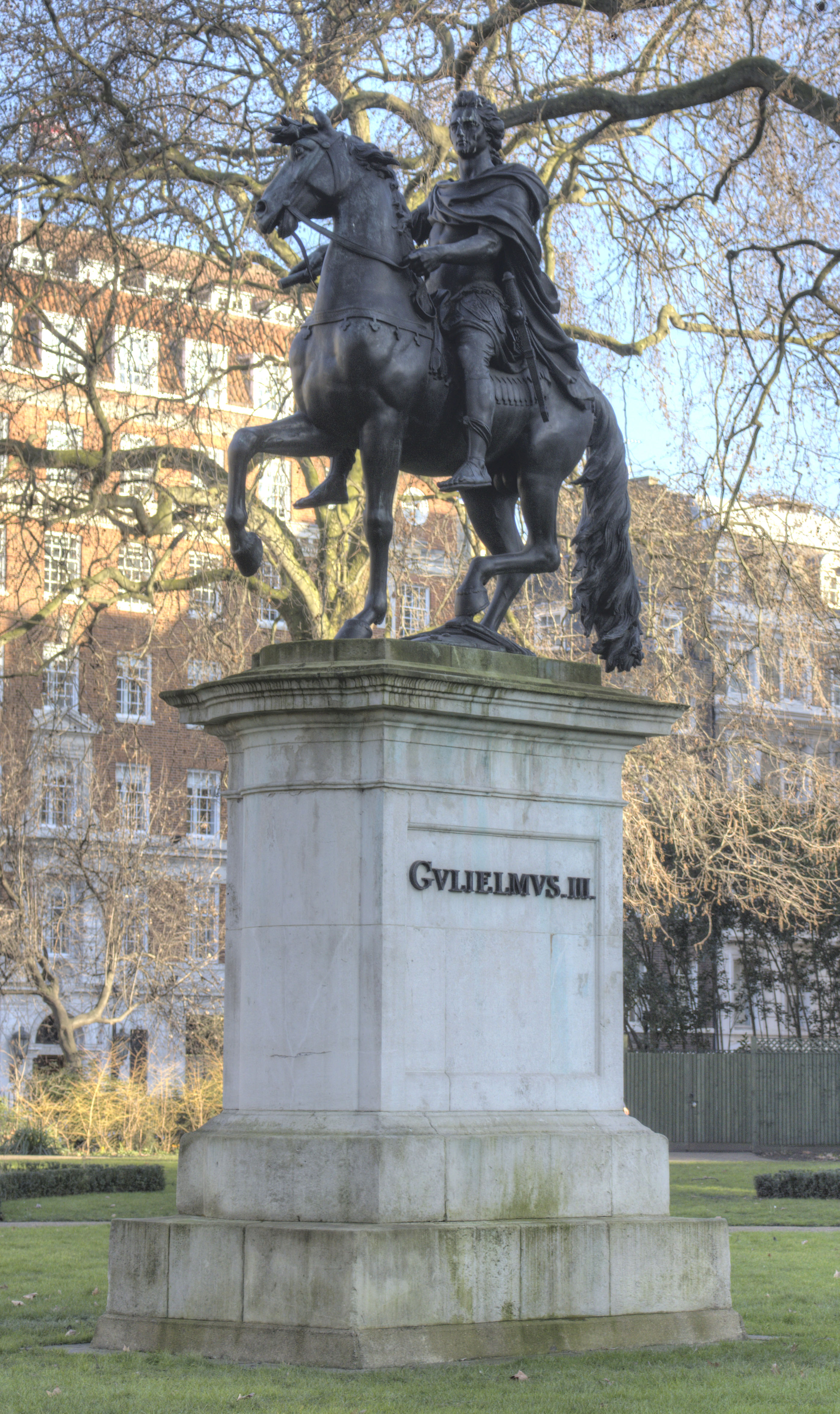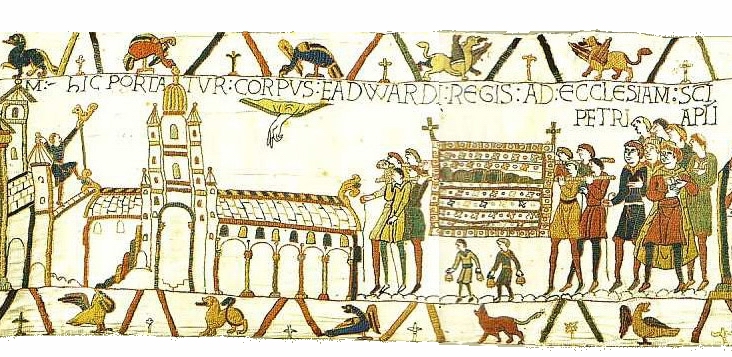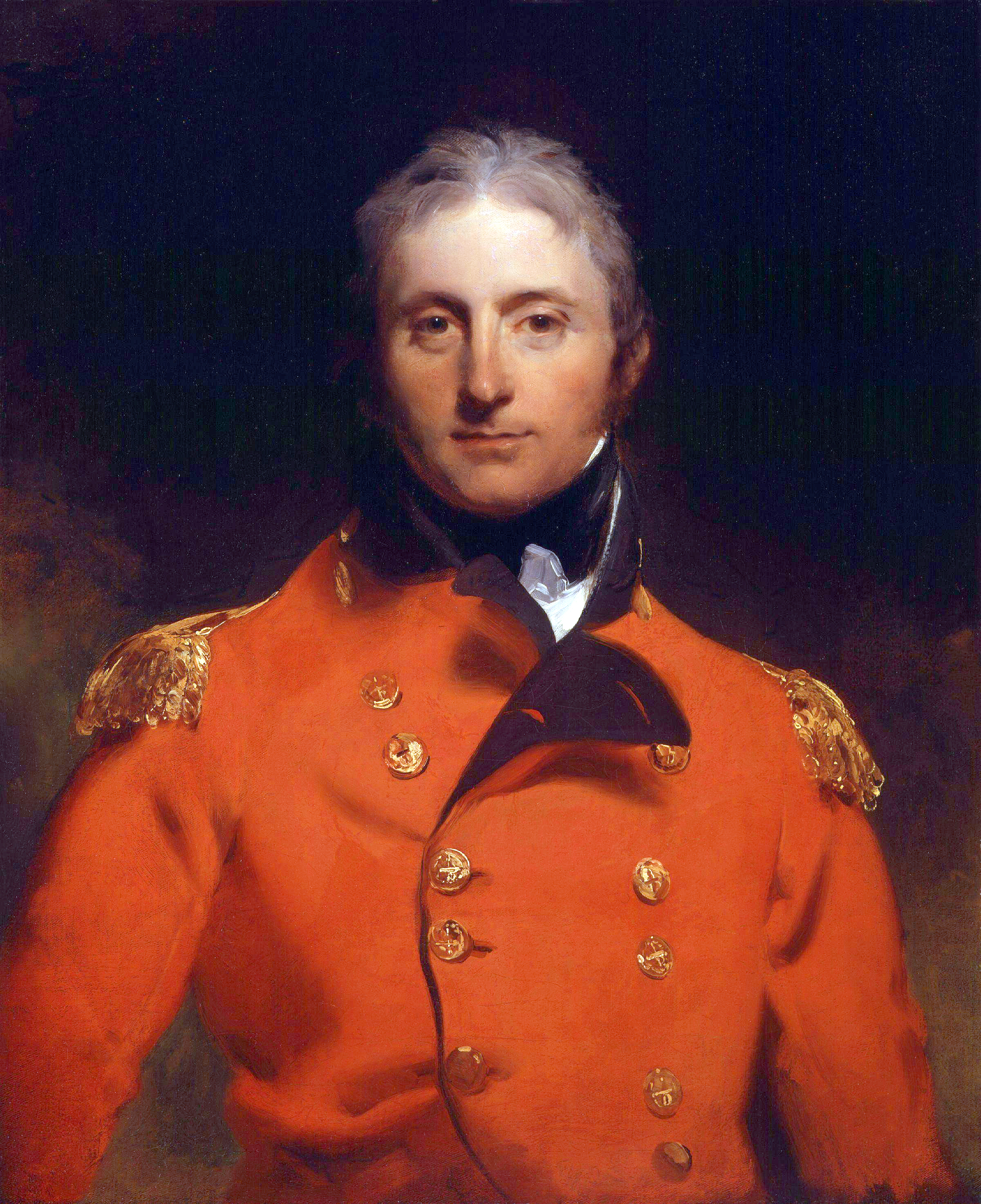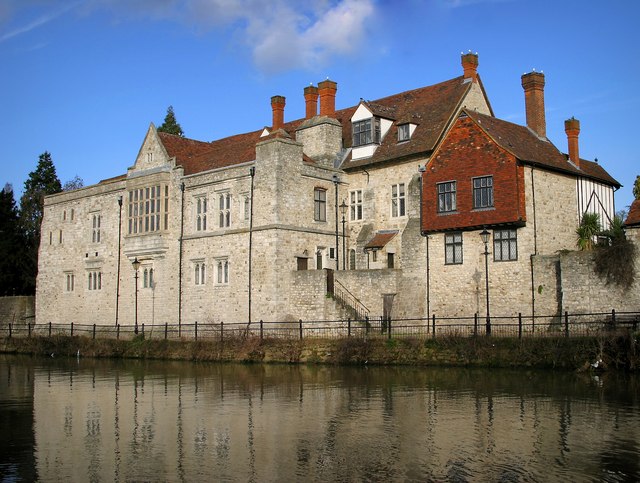|
Coote Manningham
Major General Coote Manningham (1765–1809) was a British army officer who played a significant role in the creation and early development of the 95th Rifles of which he was Colonel in Chief. Military career Born the second son of Charles Manningham of Surrey, Manningham began his career as a subaltern in the 39th Foot serving under his uncle, Sir Robert Boyd, at the Siege of Gibraltar. On the outbreak of the French Revolutionary Wars in 1793, he was appointed as Major to the light infantry battalion where he fought in the Caribbean. He became Lieutenant-Colonel of the 81st Foot and then adjutant-general in Santo Domingo, under the command of Lieutenant-General Forbes. In early 1800, Colonel Manningham and Lieutenant-Colonel William Stewart proposed, and were given the assignment, to use what they had learned while leading light infantry to train the Experimental Corps of Riflemen, later to become the 95th Rifles and then the Rifle Brigade. That summer the new corps wa ... [...More Info...] [...Related Items...] OR: [Wikipedia] [Google] [Baidu] |
Flag Of The British Army
A flag is a piece of fabric (most often rectangular or quadrilateral) with a distinctive design and colours. It is used as a symbol, a signalling device, or for decoration. The term ''flag'' is also used to refer to the graphic design employed, and flags have evolved into a general tool for rudimentary signalling and identification, especially in environments where communication is challenging (such as the maritime environment, where semaphore is used). Many flags fall into groups of similar designs called flag families. The study of flags is known as " vexillology" from the Latin , meaning "flag" or " banner". National flags are patriotic symbols with widely varied interpretations that often include strong military associations because of their original and ongoing use for that purpose. Flags are also used in messaging, advertising, or for decorative purposes. Some military units are called "flags" after their use of flags. A ''flag'' (Arabic: ) is equivalent to ... [...More Info...] [...Related Items...] OR: [Wikipedia] [Google] [Baidu] |
William Stewart (1774–1827)
Lieutenant-General Sir William Stewart, GCB (10 January 1774 – 7 January 1827) was a British military officer who was the first Commanding Officer of the Rifle Corps, a Division Commander in the Peninsular War and a Scottish Member of Parliament (MP) in the British Parliament. Early life William Stewart, born on 10 January 1774, was the fourth (second surviving) son of John Stewart, 7th Earl of Galloway (1736–1806), and his second wife, Anne (1742/3–1830), daughter of Sir James Dashwood, 2nd Baronet. Charles James Stewart the second Bishop of Quebec, was his younger brother. Member of Parliament He represented Saltash in Cornwall from 1795 to 1796, Wigtownshire 1796–1802, the Wigtown Burghs 1803–1805 and Wigtownshire again 1812–1816. Early military success Stewart entered the British Army in 1786 as a twelve-year-old Ensign in the 42nd Foot. His first active service was in the West Indies Campaign of 1793–94, where he was wounded. After further service i ... [...More Info...] [...Related Items...] OR: [Wikipedia] [Google] [Baidu] |
1765 Births
Events January–March * January 23 – Prince Joseph of Austria marries Princess Maria Josepha of Bavaria in Vienna. * January 29 – One week before his death, Mir Jafar, who had been enthroned as the Nawab of Bengal and ruler of the Bengali people with the support and protection of the British East India Company, abdicates in favor of his 18-year-old son, Najmuddin Ali Khan. * February 8 – ** Frederick the Great, the King of Prussia, issues a decree abolishing the historic punishments against unmarried women in Germany for "sex crimes", particularly the ''Hurenstrafen'' (literally "whore shaming") practices of public humiliation. ** Isaac Barré, a member of the British House of Commons for Wycombe and a veteran of the French and Indian War in the British American colonies, coins the term " Sons of Liberty" in a rebuttal to Charles Townshend's derisive description of the American colonists during the introduction of the proposed Stamp Act. MP ... [...More Info...] [...Related Items...] OR: [Wikipedia] [Google] [Baidu] |
British Army Personnel Of The Napoleonic Wars
British may refer to: Peoples, culture, and language * British people, nationals or natives of the United Kingdom, British Overseas Territories, and Crown Dependencies. ** Britishness, the British identity and common culture * British English, the English language as spoken and written in the United Kingdom or, more broadly, throughout the British Isles * Celtic Britons, an ancient ethno-linguistic group * Brittonic languages, a branch of the Insular Celtic language family (formerly called British) ** Common Brittonic, an ancient language Other uses *'' Brit(ish)'', a 2018 memoir by Afua Hirsch *People or things associated with: ** Great Britain, an island ** United Kingdom, a sovereign state ** Kingdom of Great Britain (1707–1800) ** United Kingdom of Great Britain and Ireland (1801–1922) See also * Terminology of the British Isles * Alternative names for the British * English (other) * Britannic (other) * British Isles * Brit (other) * Br ... [...More Info...] [...Related Items...] OR: [Wikipedia] [Google] [Baidu] |
David Dundas (British Army Officer)
General Sir David Dundas (1735 – 18 February 1820) was a British Army officer who fought in the Seven Years' War and French Revolutionary Wars, wrote important texts on the ''Principles of Military Movements'' and then served as Commander-in-Chief of the Forces from 1809 to 1811. Military service The son of Robert Dundas, a Scottish merchant, and Margaret Dundas (née Watson), Dundas was enrolled at the Royal Military Academy, Woolwich. Whilst still a cadet at the Academy he spent some time with his uncle, Colonel David Watson, the Director of the Military Survey of the Highlands, where he was grounded in the arts of surveying under the tutelage of William Roy. He graduated as a lieutenant-fireworker in the Royal Artillery on 1 March 1755. He exchanged to the 56th Foot as a lieutenant on 24 January 1756, serving with this regiment during the Seven Years' War taking part in combined operations against the French ports of St. Malo and Cherbourg and fighting at the Battle of ... [...More Info...] [...Related Items...] OR: [Wikipedia] [Google] [Baidu] |
John Bacon (sculptor, Born 1777)
John Bacon (1777–1859), also known as John Bacon the Younger, or Junior, to distinguish him from his equally famous father, was an English sculptor. Biography Bacon was the second son of the sculptor John Bacon and his wife Elizabeth Wade. He was born at his parents' home in Newman Street in the City of Westminster on 13 March 1777. He entered the Royal Academy Schools at the age of twelve, one of the youngest pupils ever admitted. At fifteen, Bacon exhibited his first work; at sixteen, he was awarded the silver medal of the Royal Academy; and in 1797 he won the gold medal for his statue of Cassandra. His brother Thomas Bacon also exhibited at the Royal Academy between 1793 and 1795. Their father died in 1799, and the younger John Bacon succeeded to his business. He finished such works as he found in progress, including the well-known statue of Lord Cornwallis, and managed to secure ample patronage for himself. He ceased to exhibit at the academy in 1824. Building proje ... [...More Info...] [...Related Items...] OR: [Wikipedia] [Google] [Baidu] |
Westminster Abbey
Westminster Abbey, formally titled the Collegiate Church of Saint Peter at Westminster, is an historic, mainly Gothic church in the City of Westminster, London, England, just to the west of the Palace of Westminster. It is one of the United Kingdom's most notable religious buildings and since Edward the Confessor, a burial site for English and, later, British monarchs. Since the coronation of William the Conqueror in 1066, all coronations of English and British monarchs have occurred in Westminster Abbey. Sixteen royal weddings have occurred at the abbey since 1100. According to a tradition first reported by Sulcard in about 1080, a church was founded at the site (then known as Thorney Island) in the seventh century, at the time of Mellitus, Bishop of London. Construction of the present church began in 1245 on the orders of Henry III. The church was originally part of a Catholic Benedictine abbey, which was dissolved in 1539. It then served as the cathedral of the ... [...More Info...] [...Related Items...] OR: [Wikipedia] [Google] [Baidu] |
Little Bookham
Little Bookham is a small, historic village in Surrey, England between Great Bookham and Effingham. It is home to several listed historical buildings, included in a large conservation area, along with Ye Olde Windsor Castle public house, Manor House School, and All Saints' Church. The village is centred immediately north of the North Downs and is contiguous with Great Bookham, the two divisions of Bookham having been made in the early medieval period. History It is difficult to conjecture when the parish of Little Bookham was formed. The first documentary evidence can be found after the conversion of England to Christianity in the 7th century. The Venerable Bede states that Erconwald, who became Bishop of London in 674, founded the Benedictine Abbey of St. Peter of Chertsey in 666, and Frithuwald, who was sub-king or regent of Surrey, joined in the grant endowing the abbey with certain lands. Frithuwald, however, seems to have been the subject at that time of Ecgberht ... [...More Info...] [...Related Items...] OR: [Wikipedia] [Google] [Baidu] |
Battle Of Corunna
The Battle of Corunna (or ''A Coruña'', ''La Corunna'', ''La Coruña'' or ''La Corogne''), in Spain known as Battle of Elviña, took place on 16 January 1809, when a French corps under Marshal of the Empire Jean de Dieu Soult attacked a British army under Lieutenant-General Sir John Moore. The battle took place amidst the Peninsular War, which was a part of the wider Napoleonic Wars. It was a result of a French campaign, led by Napoleon, which had defeated the Spanish armies and caused the British army to withdraw to the coast following an unsuccessful attempt by Moore to attack Soult's corps and divert the French army. Doggedly pursued by the French under Soult, the British made a retreat across northern Spain while their rearguard fought off repeated French attacks. Both armies suffered extremely from the harsh winter conditions. Much of the British army, excluding the elite Light Brigade under Robert Craufurd, suffered from a loss of order and discipline during the ret ... [...More Info...] [...Related Items...] OR: [Wikipedia] [Google] [Baidu] |
Maidstone
Maidstone is the largest Town status in the United Kingdom, town in Kent, England, of which it is the county town. Maidstone is historically important and lies 32 miles (51 km) east-south-east of London. The River Medway runs through the centre of the town, linking it with Rochester, Kent, Rochester and the Thames Estuary. Historically, the river carried much of the town's trade as the centre of the agricultural county of Kent, known as the Garden of England. There is evidence of settlement in the area dating back before the Stone Age. The town, part of the borough of Maidstone, had an approximate population of 100,000 in 2019. Since World War II, the town's economy has shifted from heavy industry towards light industry and services. Toponymy Anglo-Saxon period of English history, Saxon charters dating back to ca. 975 show the first recorded instances of the town's name, ''de maeides stana'' and ''maegdan stane'', possibly meaning ''stone of the maidens'' or ''stone of the ... [...More Info...] [...Related Items...] OR: [Wikipedia] [Google] [Baidu] |
Ferrol, Spain
Ferrol () is a city in the Province of A Coruña in Galicia, on the Atlantic coast in north-western Spain, in the vicinity of Strabo's Cape Nerium (modern day Cape Prior). According to the 2021 census, the city has a population of 64,785, making it the seventh largest settlement in Galicia. With Eume to the south and Ortegal the north, Ferrol forms the Ferrolterra comarca, and together with A Coruña forms the second largest conurbation in Galicia, with a total population of 640,000 in 2016. The harbour, for depth, capacity and safety, is not equalled by many in Europe. The entrance is very narrow, commanded by forts, and may even be shut by a steccado. The city has been a major naval shipbuilding centre for most of its history, being the capital of the Spanish Navy's Maritime Department of the North since the time of the early Bourbons. Before that, in the 17th century, Ferrol was the most important arsenal in Europe. Today, the city contains some of the major shipbuilding ... [...More Info...] [...Related Items...] OR: [Wikipedia] [Google] [Baidu] |
Santo Domingo
, total_type = Total , population_density_km2 = auto , timezone = AST (UTC −4) , area_code_type = Area codes , area_code = 809, 829, 849 , postal_code_type = Postal codes , postal_code = 10100–10699 ( Distrito Nacional) , website Ayuntamiento del Distrito Nacional Santo Domingo ( meaning " Saint Dominic"), once known as Santo Domingo de Guzmán and Ciudad Trujillo, is the capital and largest city of the Dominican Republic and the largest metropolitan area in the Caribbean by population. As of 2022, the city and immediate surrounding area (the Distrito Nacional) had a population of 1,484,789, while the total population is 2,995,211 when including Greater Santo Domingo (the " metropolitan area"). The city is coterminous with the boundaries of the Distrito Nacional ("D.N.", "National District"), itself bordered on three sides by Santo Domingo Province. Founded by the Spanish in 1496, on the east bank of the Ozama River and then moved by Nicolás de Ovan ... [...More Info...] [...Related Items...] OR: [Wikipedia] [Google] [Baidu] |







